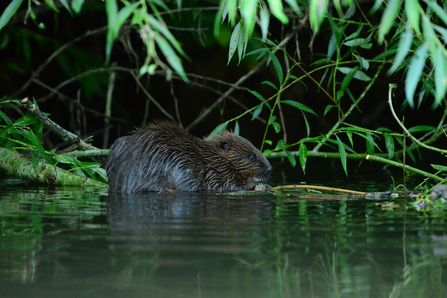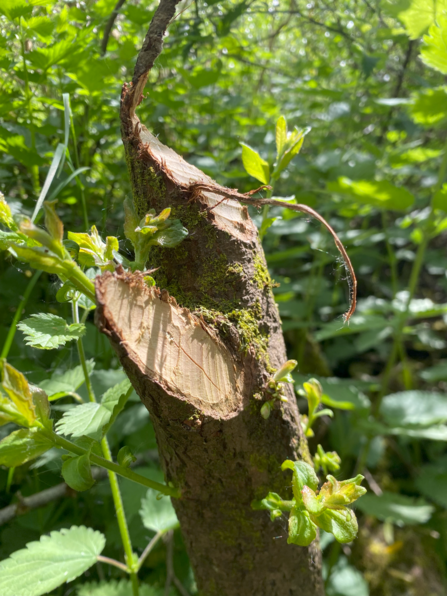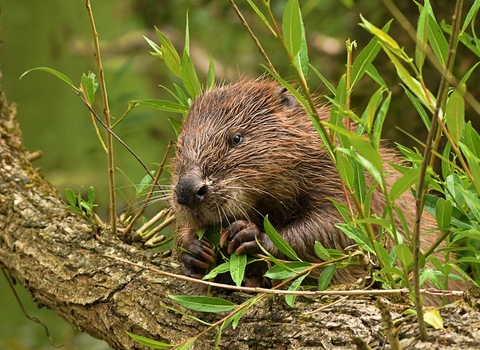There’s something quite special about spotting signs of beaver activity. Woodchips left from a gnawing session, a jumble of nibbled branches piled near water, and branches gnawed to a pencil-tipped point are all telltale signs. For a species that was hunted to extinction 400 years ago, the return of one of nature’s greatest engineers has been remarkable; a journey which began with the first official release in Kent in 2002.
The first beaver sightings on the River Avon were in 2020, between Bathford and Bathhampton, and possibly in the vicinity of Bath. Other sightings around the wider Bristol Avon catchment were reported between 2019 and 2021. The following year, Natural England commissioned a survey to provide baseline data on the populations of beavers in the River Avon and River Brue. The resulting report suggested that there was a population of around 50 individual beavers (excluding kits), across 13 established territories.
In February this year, the UK Government announced its commitment to reintroducing beavers into the wild. The announcement included information regarding licensing the wild release of beavers, managing the existing wild beaver populations, and developing a long-term management plan for beavers in England.




